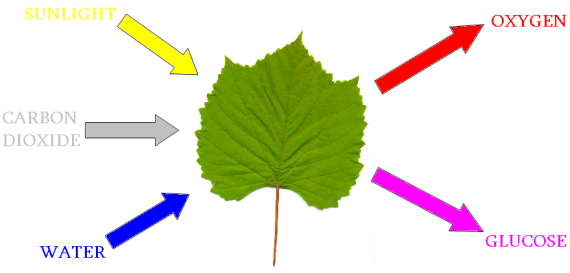Wageningen and Amsterdam plant scientists and Plant Lighting research bureau researched into the effectiveness of photosynthesis under various light conditions. In so doing, they discovered pigments in plant leaves which absorb instead of convert light into glucose for the plant. By reducing these pigments through breeding, the process of photosynthesis could be improved, they argued last week in Plant Cell magazine. Research into how plants make use of light during photosynthesis has already been going on for as long as seventy years. The researchers are now able to understand the process better by charting the effectiveness of photosynthesis under various light conditions. Plants appear to adapt their leaves to the light colour in a certain location. Moreover, a combination of various light colours result in more photosynthesis than the sum of the separate colours. This knowledge can be applied for energy-saving lighting in horticultural greenhouses. During their study, the researchers also found pigments which absorb instead of convert light into glucose for the plant. But these ‘wasteful’ pigments have a function: they protect the plant against, for example, UV light. As such, improving photosynthesis might only be promising in indoor cultivation where little UV radiation is present. The research group, which also comprises people from Philips and Plant Dynamics BV, is now involved in finding applications for their discoveries.
Better photosynthesis, more food supply
Wageningen plant physiologists hope to improve plant photosynthesis to make crops produce more yields. They want to do this by reducing the amount of leaf pigment in the plant which causes light to be 'wasted'.

